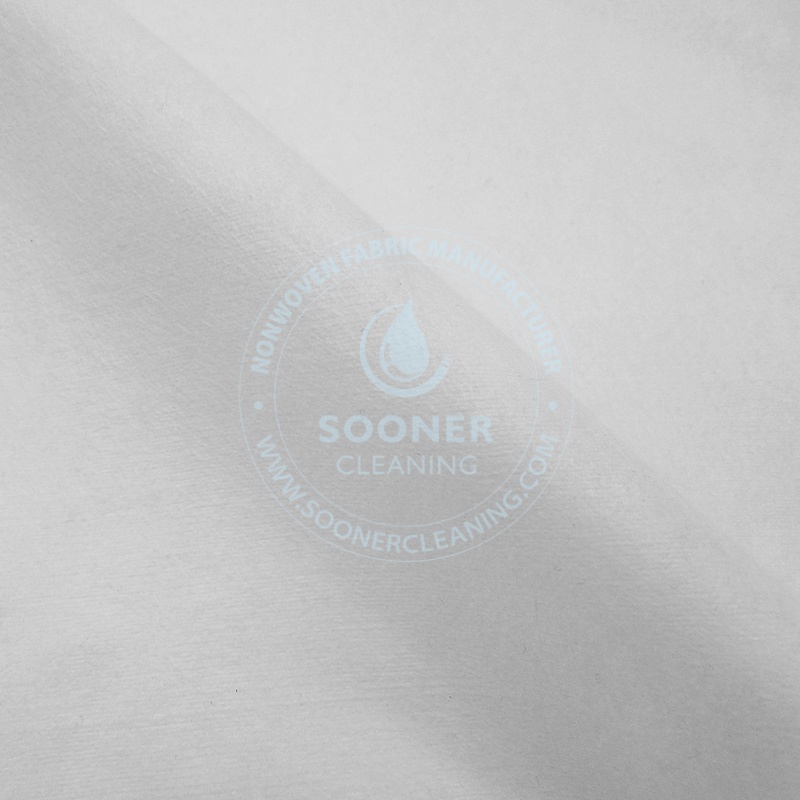
At a time when material science is constantly evolving, disposable viscose polyester nonwoven substrates are emerging as a key force for product innovation and application upgrading in a wide range of industries thanks to their unique properties.

In terms of composition, disposable viscose polyester nonwoven substrate combines the advantages of viscose fibre and polyester fibre. Viscose fibres have good hygroscopicity and can quickly absorb moisture from the surrounding environment, a characteristic that makes them excel in scenarios where humidity control is required. In hygiene products, for example, its strong moisture-wicking ability ensures that the product stays dry and provides a comfortable experience for the user. Polyester fibres, on the other hand, give the substrate excellent strength and stability. Polyester fibres have a stable chemical structure and are not easily deformed, which allows the disposable viscose polyester nonwoven substrate to remain intact and not break easily when subjected to certain tensile forces and pressures, greatly enhancing the durability of the product.
Its production process is also quite unique. Firstly, the viscose and polyester raw materials are made into fibres through special spinning technology, and these fibres show a specific shape and arrangement at the microscopic level. Subsequently, the two fibres are interwoven and compounded using an advanced nonwoven forming process. During this process, parameters such as temperature and pressure are precisely controlled so that the fibres are tightly bound to each other to form a uniform and stable substrate structure. This carefully crafted process not only ensures the consistency of the quality of the substrate, but also allows for flexible adjustment of the fibre ratio and moulding method according to the needs of different industries, producing products with different performance characteristics.
The disposable viscose polyester nonwoven substrate has an extremely wide range of applications. In the medical industry, it is the ideal material for making disposable surgical gowns, masks, bandages and other products. Surgical gowns need to have good barrier properties to prevent bacteria and blood penetration, and at the same time be comfortable for healthcare workers to wear. The disposable viscose polyester nonwoven substrate effectively blocks microorganisms thanks to its compact fibre structure, while the moisture absorption and breathability of the viscose fibres ensure comfortable wear. In mask making, it filters out tiny airborne particles and ensures smooth breathing at the same time. In the field of packaging, the substrate is commonly used in food packaging and electronic product packaging. Food packaging requires non-toxic, odourless materials with a certain degree of moisture resistance, disposable adhesive polyester nonwoven substrate fully meet these conditions, can effectively extend the shelf life of food. For electronic product packaging, it can provide good cushioning protection to prevent products from being damaged by collisions during transport, while its insulating properties can also guarantee the safety of electronic products.
Compared with other traditional materials, disposable adhesive polyester nonwoven substrate has obvious advantages. Its lower cost, large-scale production can effectively reduce the enterprise's raw material procurement costs. At the same time, its environmental performance is outstanding, in the natural environment can be gradually degraded, reducing the pollution of the environment, in line with the current concept of green development. In addition, due to the flexibility of its production process, the products can be customised according to different customer needs to meet diversified market demand.